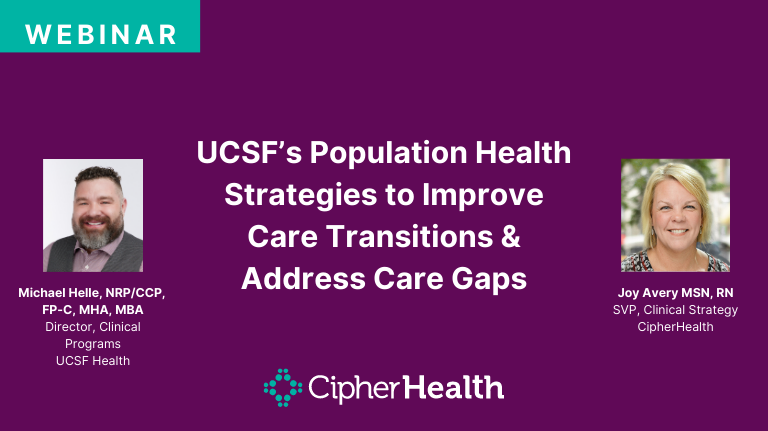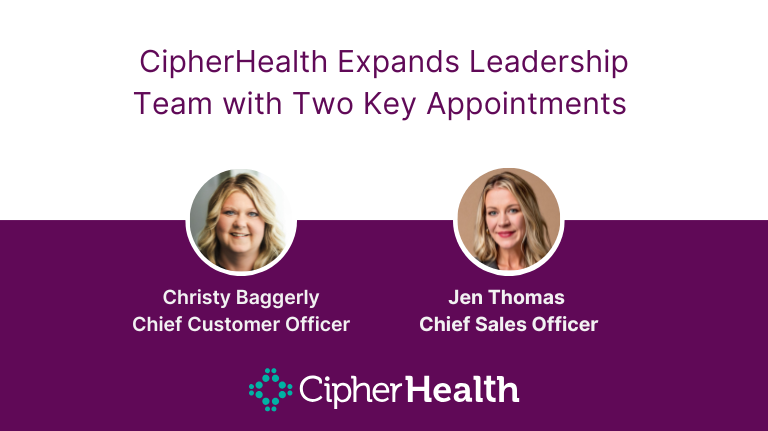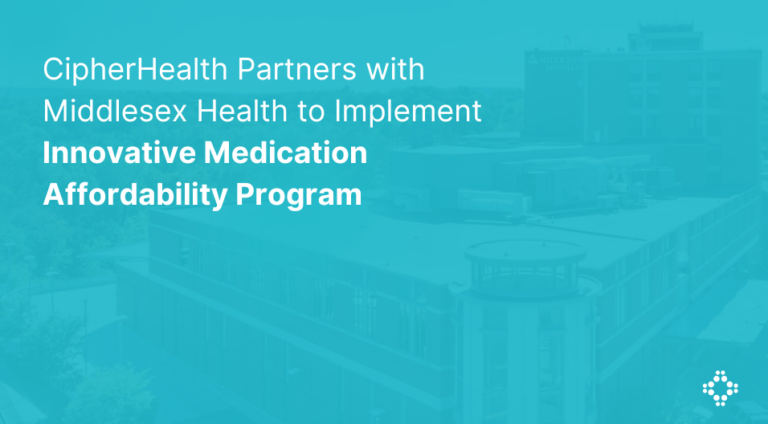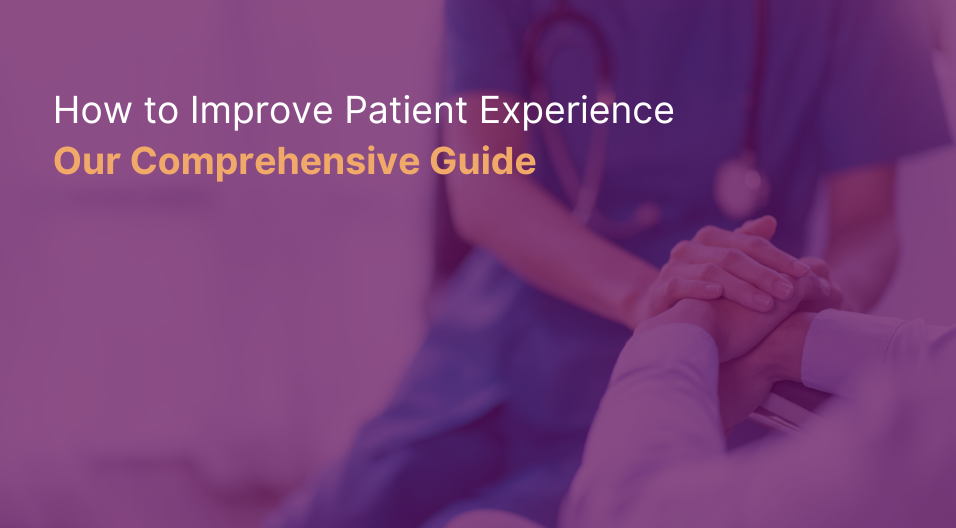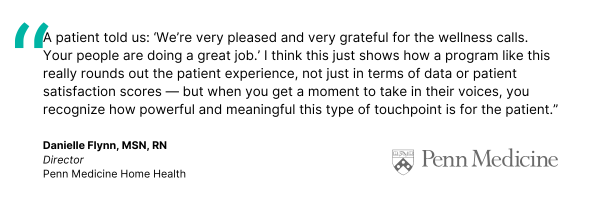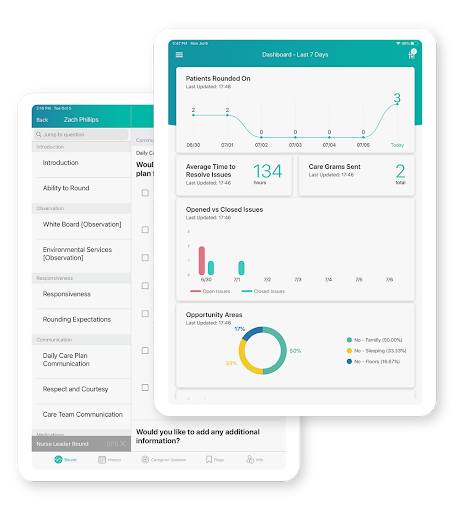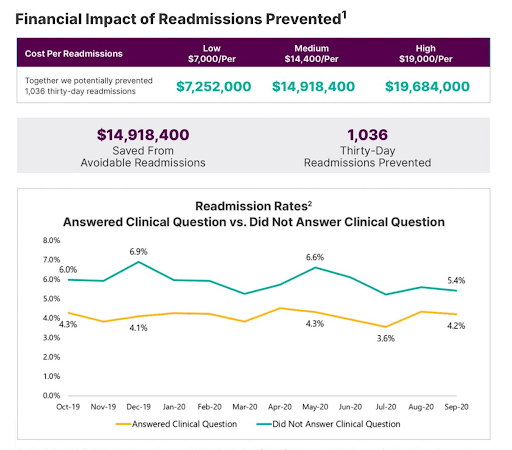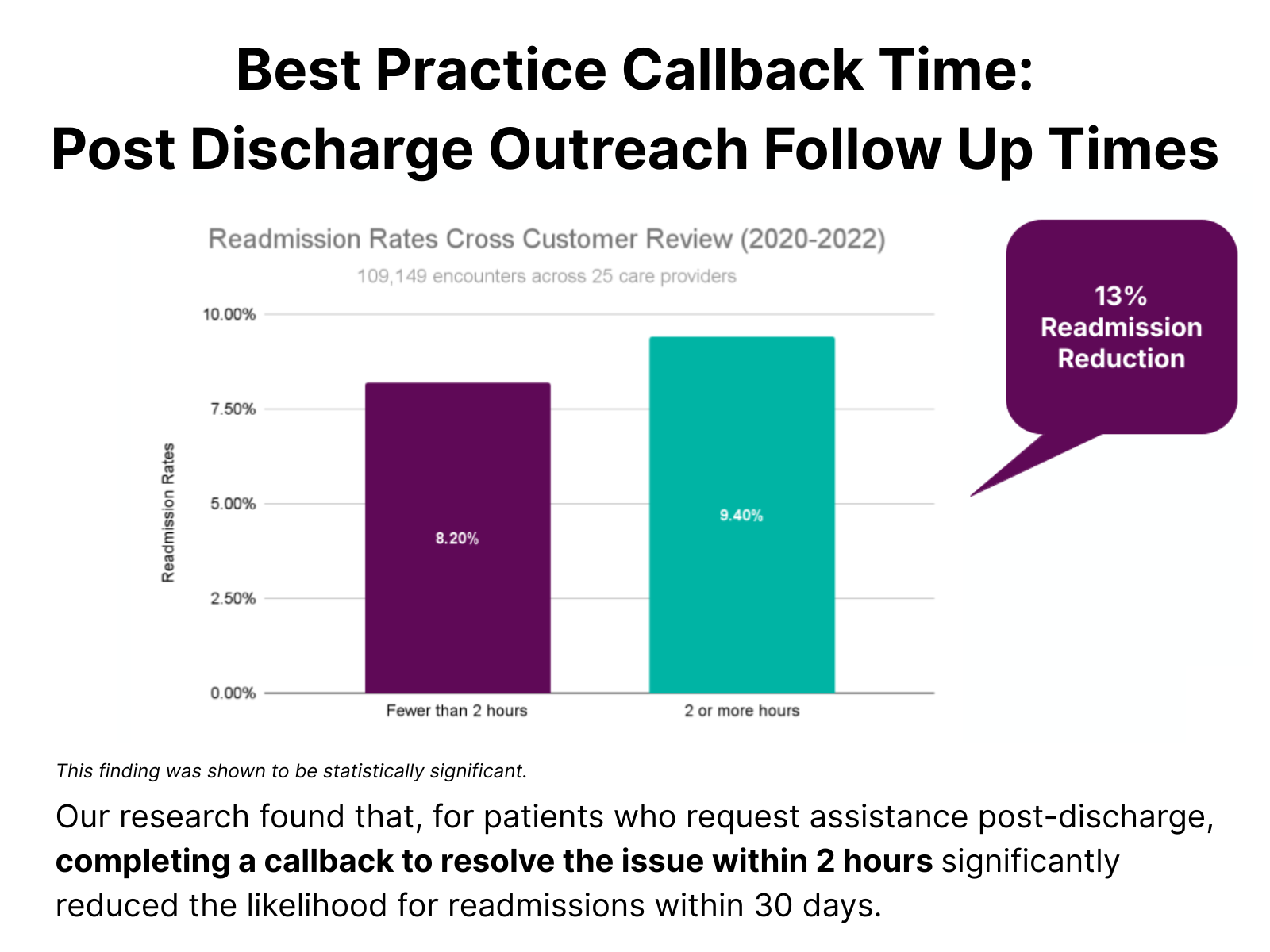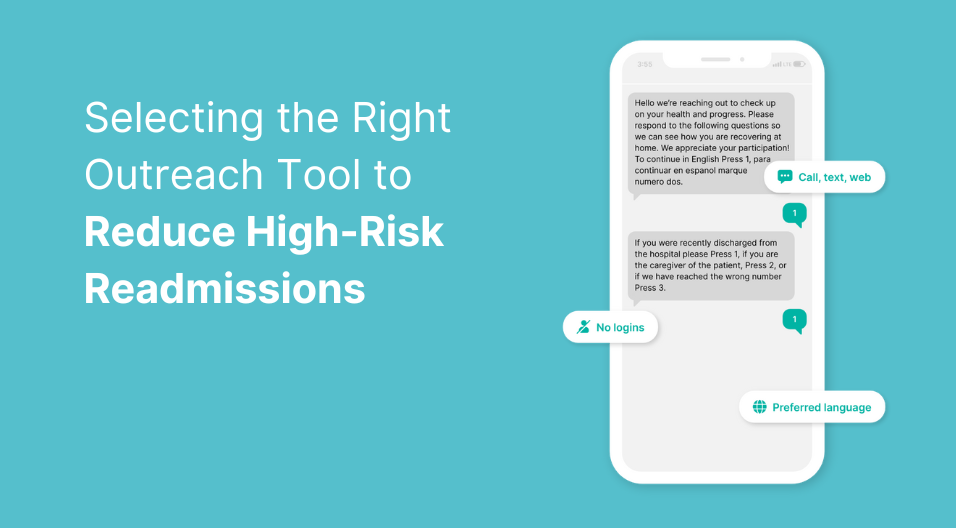Patient experience is a central focus for hospitals and healthcare organizations. It’s no longer just about the clinical aspects of care but also how patients feel throughout their journey.
From admission to discharge and post-discharge follow-up, every interaction can influence a patient’s perception of care. Hospitals are increasingly seeking ways to improve patient experience as it directly impacts patient engagement, satisfaction and outcomes.
In this guide, we’ll share actionable strategies to enhance patient experience—along with examples of our proven strategies in action from healthcare organizations that have successfully implemented them.
With over a decade of experience working with leading healthcare organizations, CipherHealth’s products bring these strategies to life, helping providers digitally engage patients at the right time, in the right way, with the right message.
What Is Patient Experience?
Patient experience is more than just medical care—it’s every interaction a patient has, from scheduling an appointment to treatment and follow-up. It shapes how they perceive their care, influencing everything from satisfaction to health outcomes.
Yet, many patients feel the system isn’t working for them. According to the American Academy of Physician Associates (AAPA), nearly 3 in 4 U.S. adults (73%) say the healthcare system is failing to meet their needs.
So, how can hospitals and healthcare organizations bridge this gap?
Improving patient experience means addressing the factors that shape care quality—communication, accessibility, efficiency and follow-up. When these elements are prioritized, patients feel more supported, trust in their providers grows and hospitals see measurable improvements in outcomes.
Key elements of patient experience include:
- Communication: How well healthcare providers communicate with patients, explaining medical conditions, treatments, and care plans in a way the patient can understand.
- Compassion and Empathy: The level of care, understanding, and emotional support provided by medical professionals.
- Convenience and Accessibility: The ease with which patients can access services, schedule appointments, and receive timely care.
- Environment: The comfort, cleanliness, and overall atmosphere of the healthcare setting, including facilities like waiting areas, patient rooms, and bathrooms.
- Efficiency: How smoothly the patient’s care progresses, including wait times, scheduling, and care coordination across different departments.
- Follow-up Care: Communication and support after discharge, including follow-up appointments, instructions for recovery, and addressing patient concerns.
5 Steps on How to Improve Patient Experience
A better patient experience benefits both your health system and your patients. We’ve outlined five steps to enhance patient experience at every stage of their journey:
Step 1: Set the Right Expectations Before the Visit
First impressions matter, and the patient experience starts long before they walk through the door. A smooth scheduling process, clear pre-appointment instructions, and proactive communication can alleviate stress and improve preparedness.
Patients should receive timely updates about appointment details, estimated wait times, and what to expect during their visit. Digital tools, such as automated reminders or pre-visit screenings, help patients feel informed and in control of their care.
Proven strategies in action
Health systems using automated appointment reminders see higher patient engagement and lower no-show rates. Eskenazi Health leveraged CipherHealth’s outreach to contact nearly 800,000 patients in English and Spanish, allowing them to confirm or cancel appointments in advance.
By deploying reminders through voice and text at strategic times, Eskenazi reduced no-shows from 29% to 15% among engaged patients. Cancellations were backfilled using waitlist data, optimizing appointment utilization and ensuring more patients received timely care.
Step 2: Make Every Interaction Count During Their Stay
Once a patient arrives, every touchpoint—from check-in to bedside care—affects their perception of care quality. A smooth intake process, clear communication from providers, and responsiveness to their needs contribute to a positive experience.
One of the most impactful ways to improve patient experience during their stay is through proactive rounding. When staff regularly check in, address concerns and close the loop on issues, patients feel seen and heard.
Proven strategies in action
Hospitals using digital rounding tools see significant improvements in patient experience by addressing concerns in real time. Prisma Health Greenville Memorial Hospital implemented CipherRounds in their Emergency Department to enhance patient engagement and streamline issue resolution.
As a result, their Likelihood to Recommend scores jumped from the 6th percentile to the 51st percentile, with notable gains in communication and trust metrics.
Step 3: Streamline the Discharge Process
The discharge process is often where patients feel the most overwhelmed. Confusing instructions, unclear medication plans or lack of follow-up can lead to frustration—and worse, readmissions.
A structured discharge plan should include:
- Simple, clear instructions on medication, aftercare, and follow-up appointments
- A designated point of contact for post-discharge questions
- Proactive outreach to check in and reinforce key care steps
Proven strategies in action
A successful discharge process ensures patients leave the hospital feeling informed, supported and prepared for recovery. In partnership with CipherHealth, Intermountain Healthcare’s Post-Discharge Follow-Up program reduced readmissions and saved nearly $15M through automated follow-up calls.
Step 4: Collect and Act on Patient Feedback
Achieving great patient experience is also about continuously improving based on real-time insights. Patient surveys, feedback tools and post-visit follow-ups help healthcare organizations identify trends and address concerns in the moment.
When hospitals actively respond to feedback—whether it’s improving wait times, enhancing communication, or fixing environmental issues—patients notice. And when they see their concerns addressed, trust in the organization grows.
Proven strategies in action
Hospitals using digital rounding and allowing for real-time feedback see measurable patient experience improvements. Lenox Hill Hospital redesigned its rounding process, increasing its national percentile rankings in three key HCAHPS domains saw significant improvements: RN Communication increased by 267%, Responsiveness by 389%, and Likelihood to Recommend by 102%.
Step 5: Maintain Connection Beyond the Hospital Walls
Patients want to feel supported, not forgotten, once they leave. Post-visit follow-ups, personalized outreach, and ongoing engagement ensure patients continue to receive the care they need.
Automated outreach can remind patients about medications, upcoming appointments, or symptom monitoring, helping to prevent complications. Strong care coordination between primary care, specialists, and home health providers ensures a smooth transition across different stages of care.
Proven strategies in action
Health systems using automated follow-ups see lower readmissions and stronger patient engagement. CipherHealth’s research found patients receiving two-hour callbacks were significantly less likely to be readmitted within 30 days. Centralized teams responded faster than decentralized models, improving coordination and reducing care gaps.
Improving Patient Experience for Better Outcomes
Improving patient experience requires commitment and focus across all stages of the patient journey.
By following the steps outlined above, your healthcare organization can improve patient experience, strengthen communication and create smoother care transitions—all while reducing readmissions and improving clinical outcomes.
Ready to get started? Contact us today to learn more about how our suite of digital tools can support your efforts to drive better patient results!
